In this era, time has become the most valuable resource. Cities rush in, days pass at an accelerated pace, and the home, once a place of shelter, takes on an increasingly vital role: that of an emotional refuge. In this context, interior design takes on a new mission: to create spaces that welcome, regenerate, and restore serenity.
More than a question of aesthetics or function, sensory design emerges as a response to the demands of the modern world. It seeks to activate the senses, reduce visual and emotional noise, and offer human beings what they lack most: pause and balance.
This article invites the reader to reflect on how interior design can promote well-being and rest, exploring the influence of colours and textures, the power of natural materials, and the importance of lighting, sound, and ergonomic furniture.
Throughout the reading, you will understand:
How visual and tactile choices shape emotional state.
How the deliberate choice of materials and shapes contributes to the relaxation of interior spaces.
Why well-being in design is today an essential pillar for any creator of memorable spaces.
We believe that true luxury lies not in excess, but in the serenity a space conveys. Each piece and each space is born from the conviction that creating beauty is important, but making meaning is essential. And it is this vision that serves as the guiding thread for this reflection on comfort in space and the life-changing impact of soulful design.
Interior design is undergoing a period of transition. It's no longer enough to create visually harmonious spaces; it's necessary to design spaces that care for people. Aesthetics, once an absolute priority, now gives way to a more human approach, where emotional comfort and sensory harmony become the true measure of a project's quality.
The contemporary approach to design understands that space is an extension of one's state of mind. An interior can reduce stress, improve concentration, and even restore energy. The designer's challenge, therefore, is to transform form and function into an emotional experience.
To achieve this purpose, each project must be born from an essential question: “What does my client need to feel in this space?”
The answers define the project's direction.
Tranquillity – achieved with soft lines and serene colours.
Inspiration – translated into subtle contrasts and expressive materials.
Comfort – achieved through balanced proportions and ergonomic furniture.
It is in this dialogue between emotion and matter that well-being in design takes shape. The contemporary designer is no longer just a creator, but an interpreter of style. They observe gestures, habits, and silences. They interpret the client's nonverbal cues and emotions. This capacity for empathy transforms the creative process into a shared experience where space ceases to be a setting and becomes an extension of identity.
While visual beauty is still present, its primary purpose is to create sensory design that restores both body and mind.
Those who know that space can heal and that peace is the ultimate luxury will shape the future of interior design.
Understanding these applications demonstrates that balance in design can be achieved through symmetry, asymmetry, or a combination of both, always to create visually balanced and pleasing spaces.
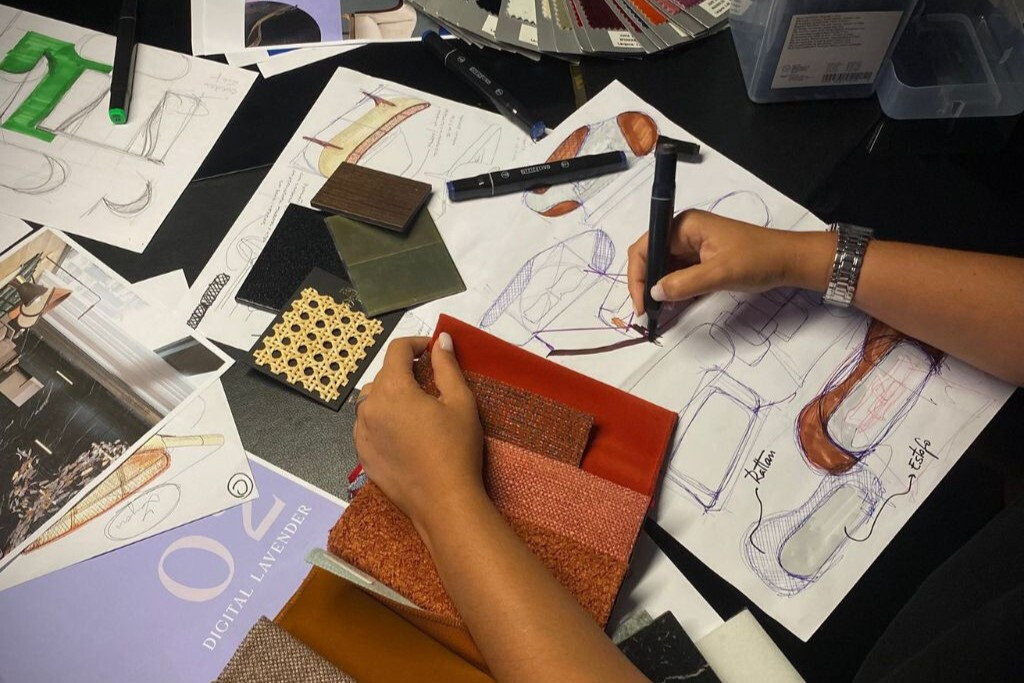
Every colour has a voice, and every texture, a language. Space speaks to us even when it's silent, and it does so through the sensations it evokes. Mastering colours and materials isn't just a matter of style; it's an art of shaping emotions and guiding the moods of those who inhabit them.
Colour is the first element the eye recognises and often the last the mind forgets. It influences perceptions, behaviours, and even the thermal perception of the area.
Soft blues slow the heart rate and inspire a sense of serenity. Organic greens evoke a sense of balance and connection with nature. Earthy tones convey security and stability. Warm neutrals, such as sand or taupe, evoke a welcoming and warm feeling.
In the context of design's well-being, these colour choices become strategic. It's not about following trends but about creating atmospheres that rest the eyes and calm the mind.
ALMA DE LUCE explores this emotional dimension of colour in its Chromatic Trends Design Book, a publication that reflects the brand's vision of elegance and chromatic expression. This book is more than a compilation of trends; it inspires designers and creators to understand the power of colour in creating sophisticated, meaningful spaces. Each palette reveals colour's potential as a tool for harmony, inviting the reader to delve into the art of redefined luxury, a luxury that thrives on serenity, subtlety, and visual coherence.
The harmonies proposed in the Chromatic Trends Design Book are an invitation to design relaxing interiors that combine emotion and sophistication. Thus, colour ceases to be merely an aesthetic choice and becomes an emotional and cultural language, capable of transforming everyday life into a contemplative experience.
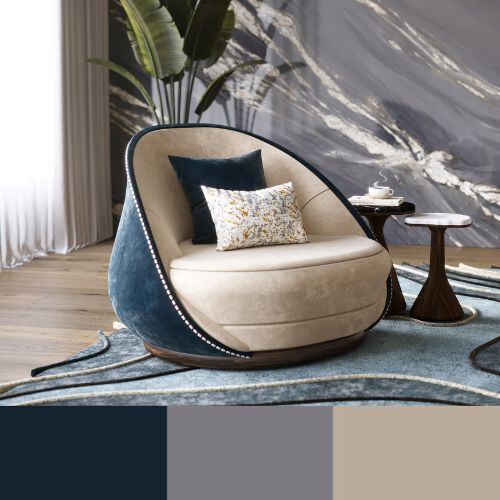
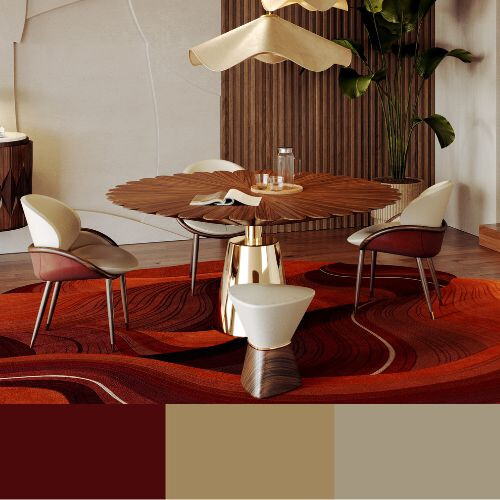
Texture is the tactile dimension of comfort. It transforms cold into warmth and emptiness into presence. In a project focused on sensory design, surfaces shouldn't just be seen, they should be felt. And in this context, several materials evoke serenity:
Linen and cotton – natural, breathable, and visibly authentic.
Light wood – expresses warmth and ancestry.
Velvet and suede – create a sense of shelter and elegance.
Natural stone – conveys strength and permanence.
Combining textures is like composing a melody: the secret lies in the balance between smooth and rough, matte and shiny, cool and warm.
The ideal chromatic and tactile harmony should allow visual breathing, creating zones of calm and points of interest. This subtle duality is what makes a space both vibrant and deeply restful.
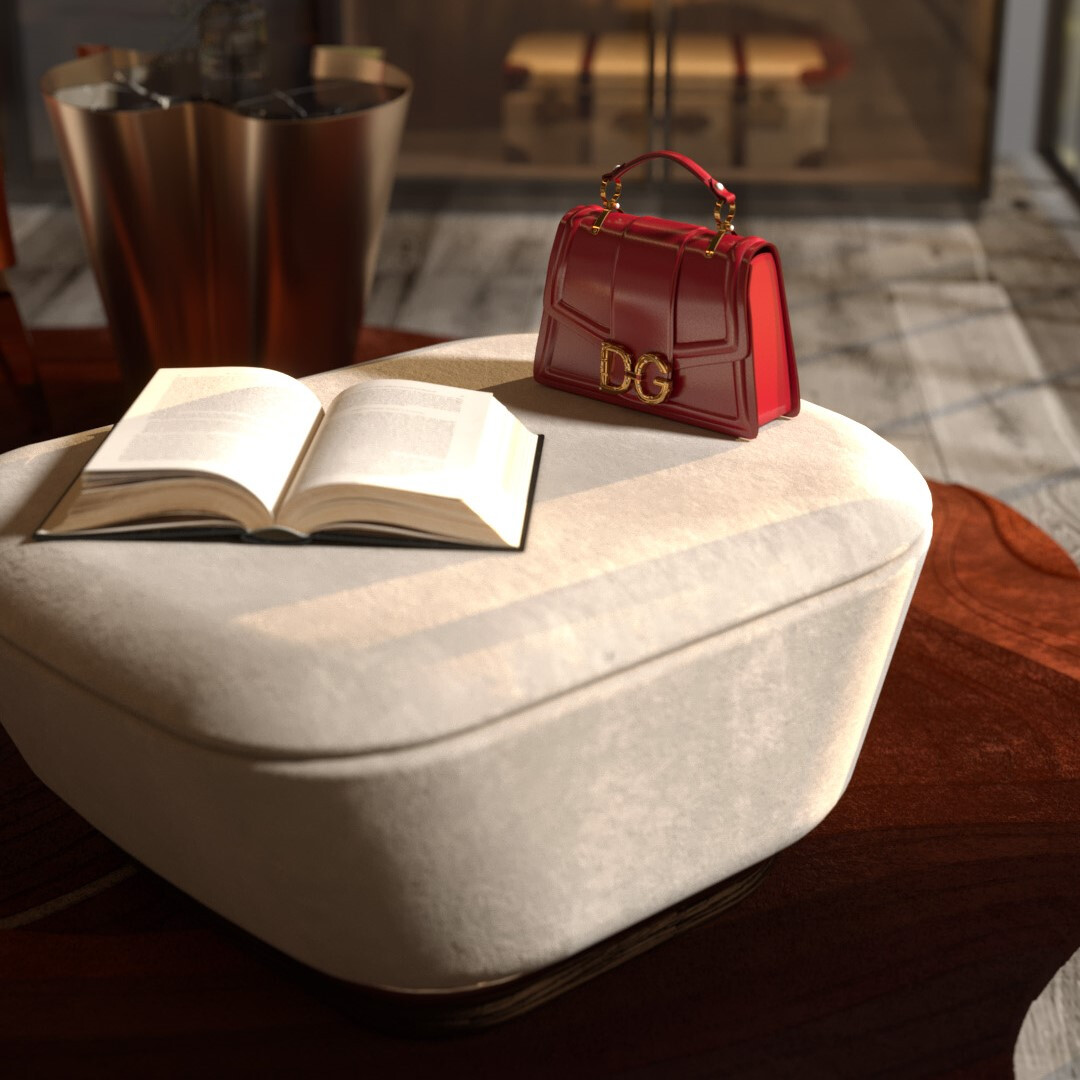
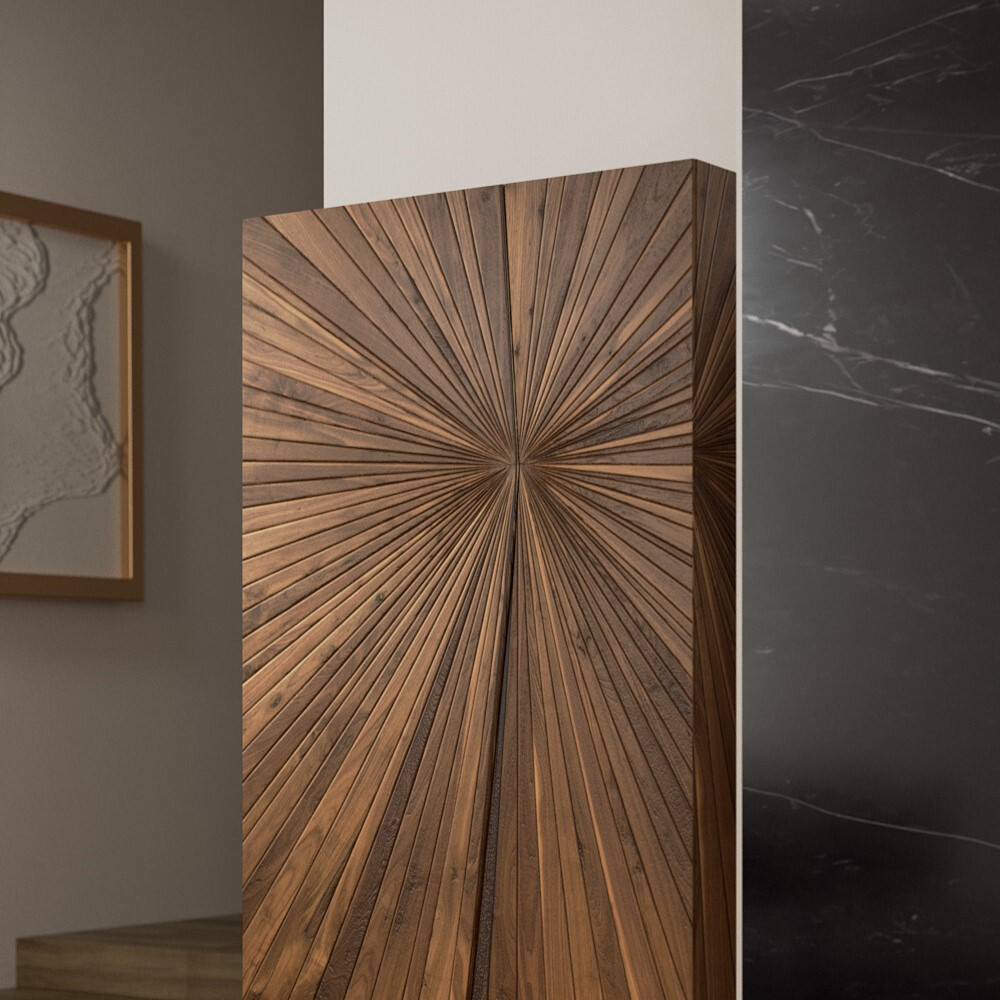
Contact with nature has the power to calm, reconnect, and inspire. In a space designed for rest and balance, materials cease to be mere coverings: they become bridges between body, mind, and space. The conscious choice of material and form transforms an interior into a sensorial refuge.
Natural materials carry with them history, memory, and presence. Every knot in the wood, every vein in the marble, or irregularity in the ceramic tile conveys a sense of authenticity, reminding us of nature's imperfect beauty. Pieces like the Adamastor Dining Table, with solid wood and fluid lines, demonstrate how the choice of materials and shapes can create both robustness and fluidity, giving a space a sense of security and balance.
Curved lines and organic contours promote harmony and calm, softening circulation and balancing the gaze. The Dom Sebastião Sofa, with its soft upholstery and inviting proportions, exemplifies how furniture can be both functional and emotionally comforting.
The perception of a space depends largely on light and sound, elements that directly influence mood and the overall feeling of relaxation in interiors. Soft, diffuse lighting promotes calm and allows the eyes to rest, while natural light should be valued whenever possible, following the rhythms of the day and creating zones of serenity.
Strategic lighting can highlight specific areas without overwhelming the space, creating depth and visual interest. Sound, on the other hand, subtly contributes to comfort: controlled silence or small, soft sounds, such as the sound of running water or ambient music, help reinforce the feeling of tranquililty.
Absorbent materials, such as rugs and upholstery, complete this equation, reducing reverberations and making the space more welcoming. When light and sound are integrated in a balanced way, the interior ceases to be merely functional; it transforms into a complete sensory experience, promoting rest, concentration, and emotional well-being.
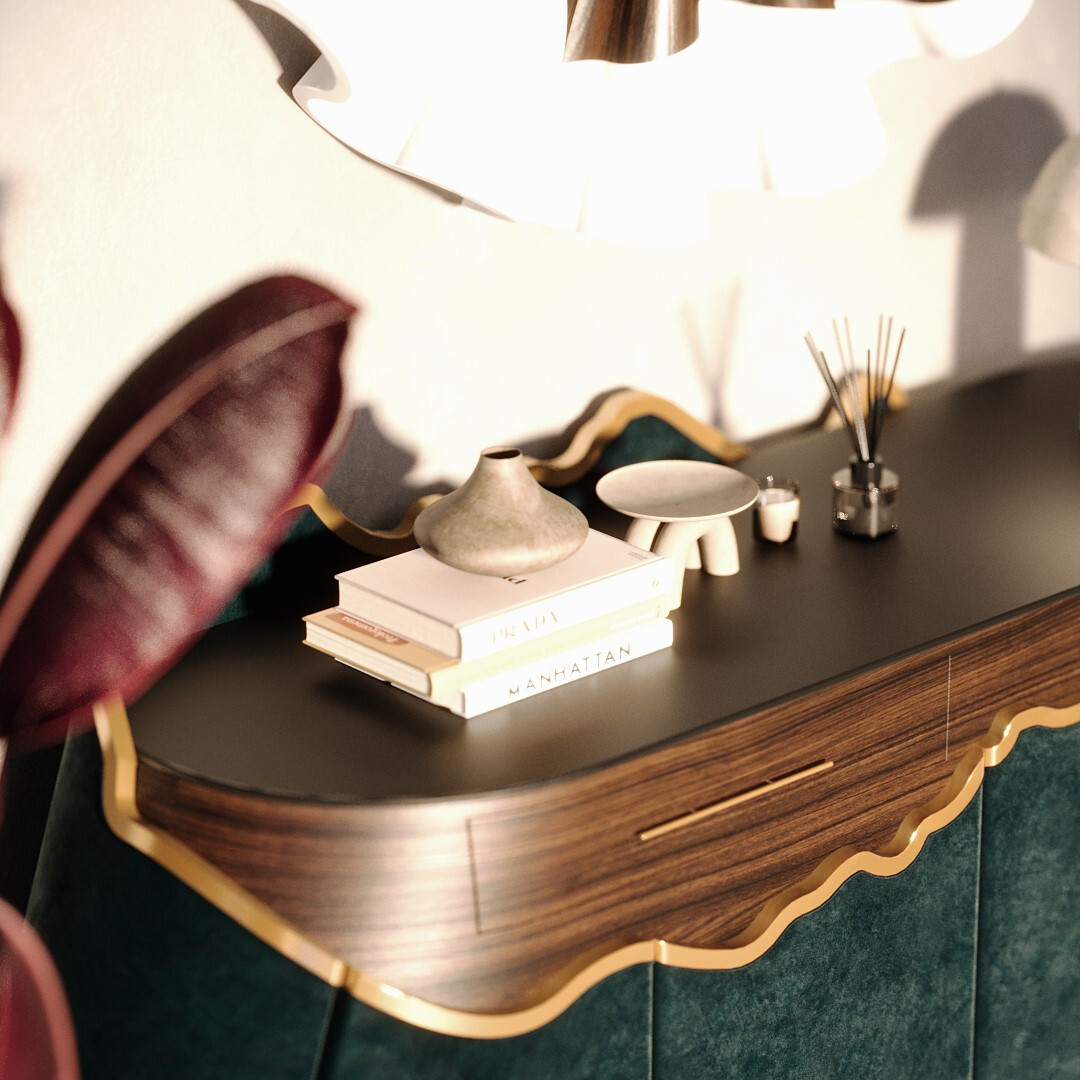
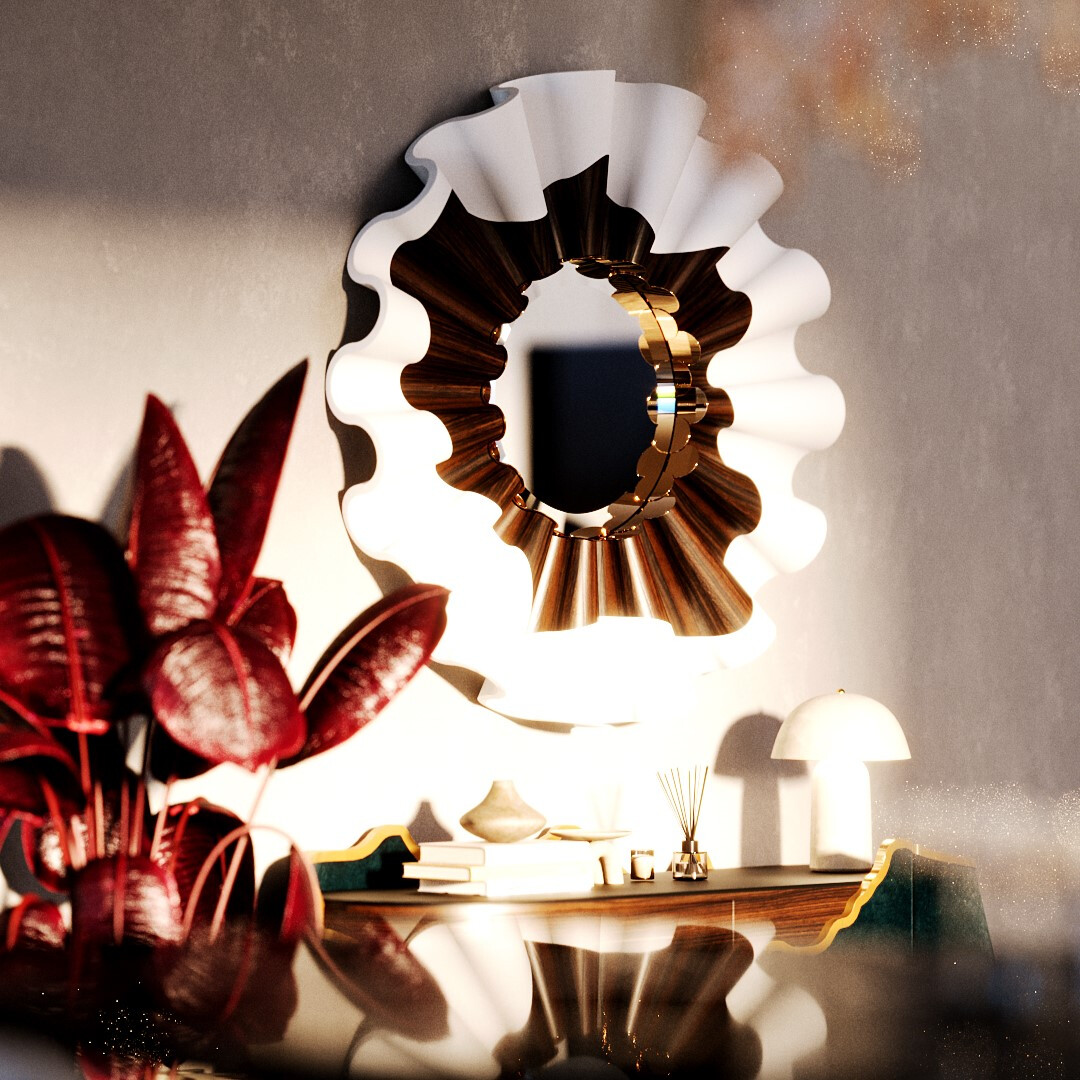
Furniture is one of the key elements that can transform a space into a true personal refuge. Well-designed pieces aren't just functional: they provide physical comfort, embrace the body, and create a sense of security and well-being.
Proportion, ergonomics, and softness of form are essential. A cosy seat or a carefully designed bed can have a direct impact on rest, balance, and the overall pleasure of living in a space. Choosing soft upholstery, rounded shapes, and tactile surfaces fosters a comfortable experience that extends beyond the visual.
Pieces like the Al-Hijr Pouf exemplify this philosophy: with harmonious proportions and inviting upholstery, they become pause points that encourage introspection and connection with the space. The Kintsukurou Bed, with its body-conscious design and soft finishes, offers a complete relaxation experience, reinforcing the idea that rest is a central element of well-being in design.
Ergonomic and comfortable furniture creates relaxing interiors where each object contributes to the harmony of the space. It is in this relationship between form, function, and sensoriality that design fulfils its most human role: caring for those who inhabit space.
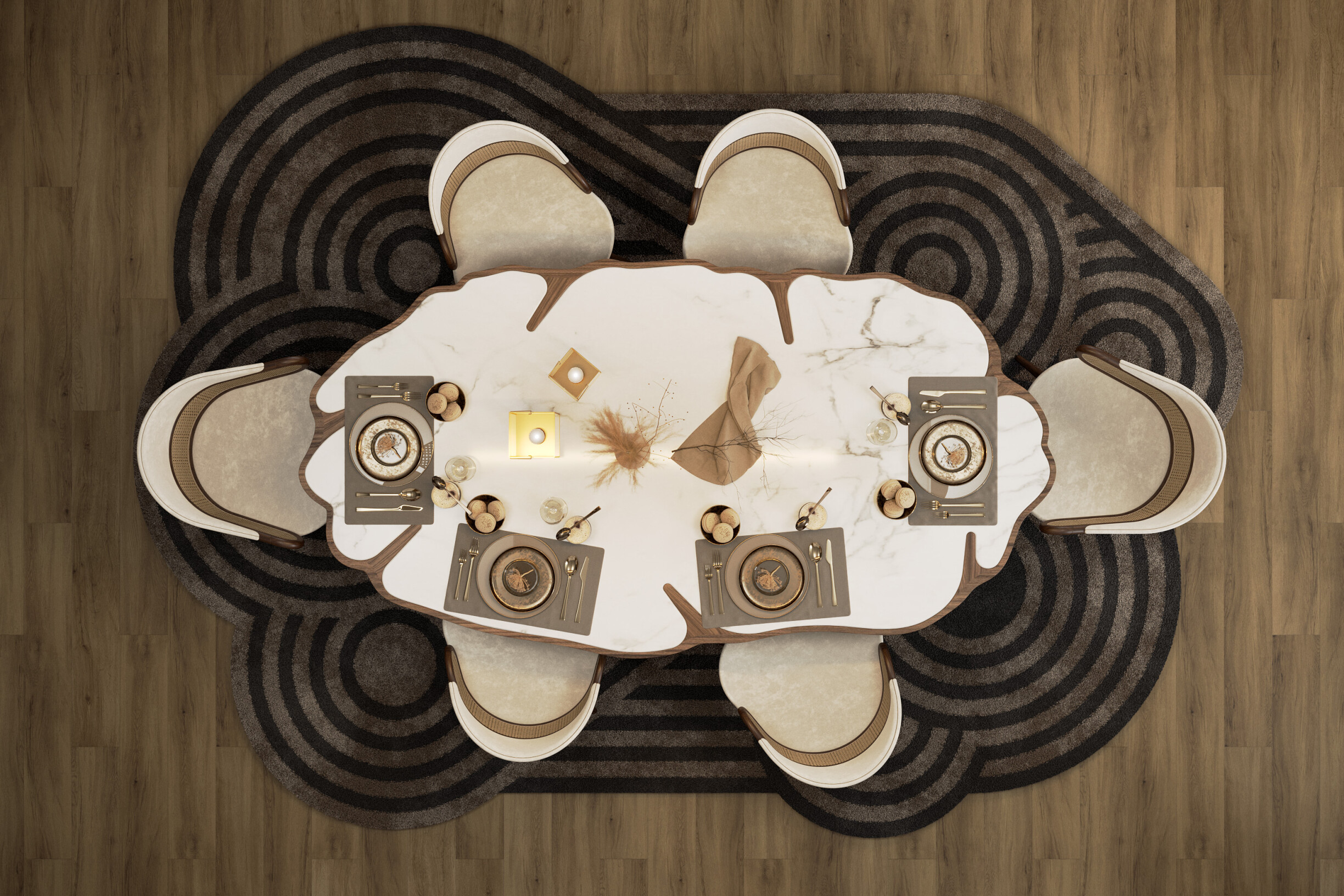
Creating relaxing interiors goes beyond aesthetics: it's about offering comfort, harmony, and well-being in every detail. Materials, colours, light, sound, and furniture work together to transform a space into a refuge, capable of nourishing the body and mind.
Get inspired by our proposals and discover how each choice can make your space more welcoming and balanced. Visit ALMA de LUCE's Pinterest to explore unique ideas and pieces, or contact us for personalised help selecting the solutions that best suit your project.